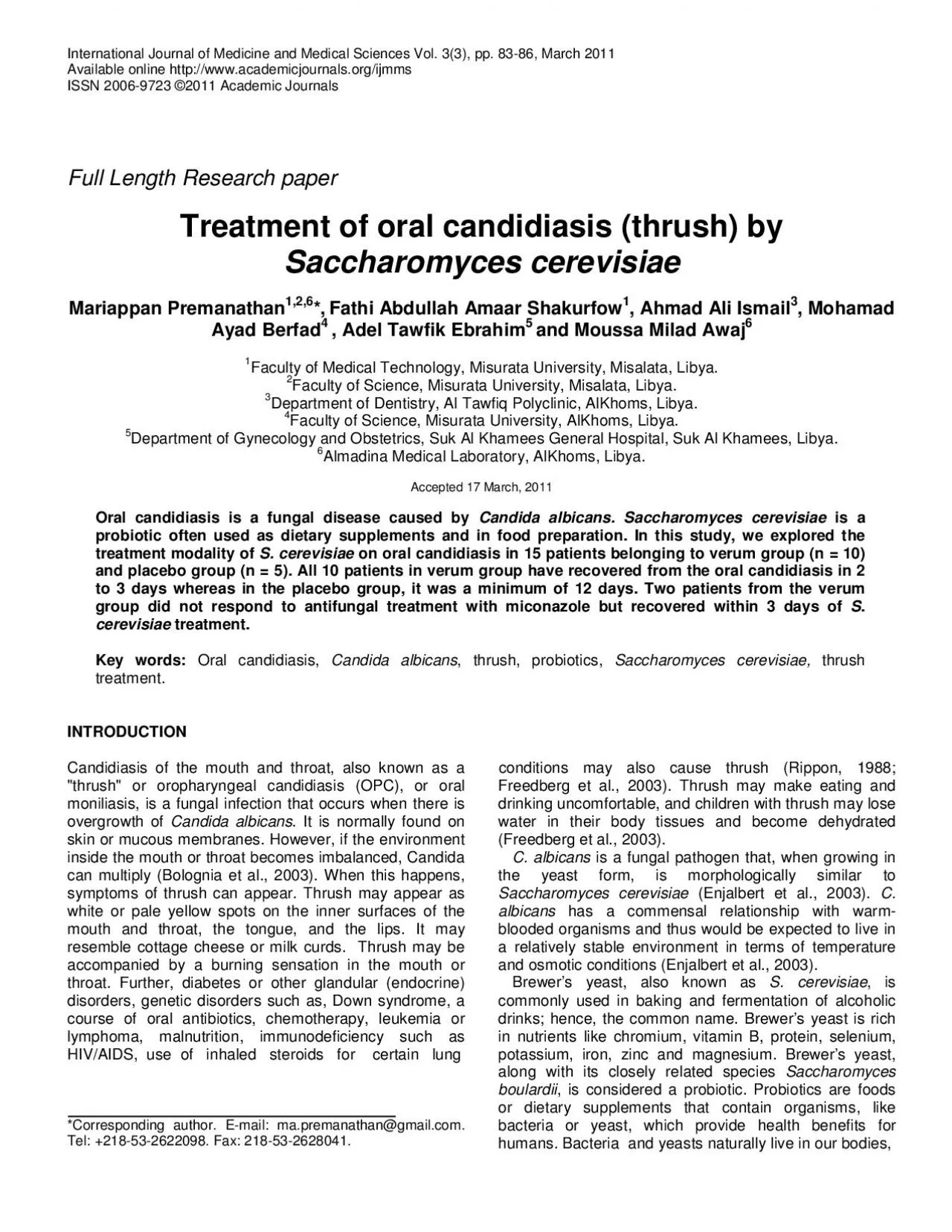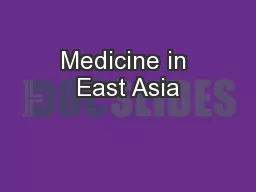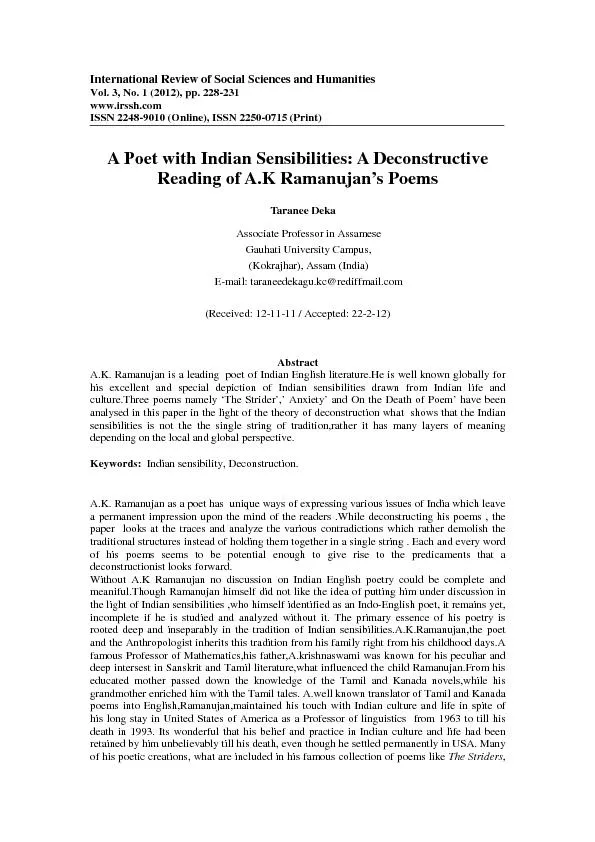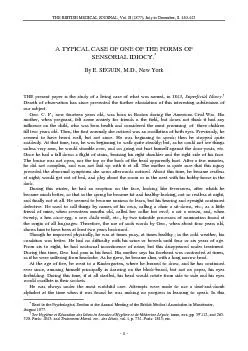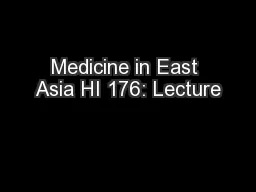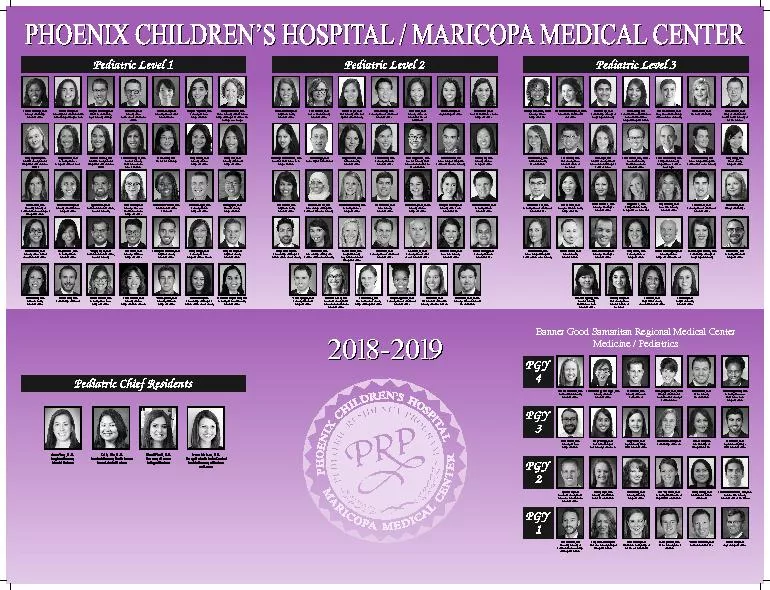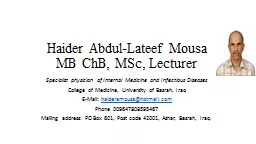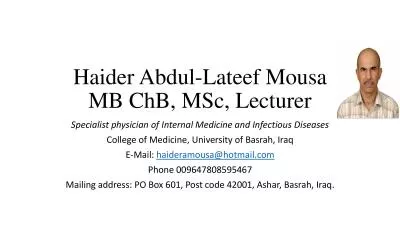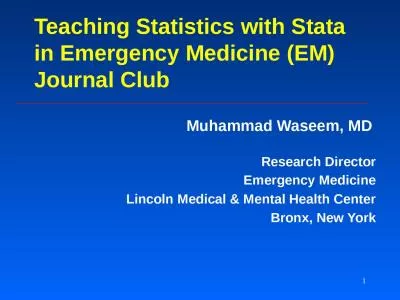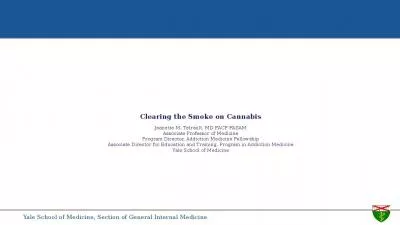PDF-International Journal of Medicine and Medical Sciences Vol 33 pp
Author : williams | Published Date : 2022-09-01
84 Int J Med Med Sci Figure 1 Preparation of Saccharomyces cerevisiae paste Figure 2 Treatment with Saccharomyces cerevisiae paste ainly in the digestive tract Probiotics
Presentation Embed Code
Download Presentation
Download Presentation The PPT/PDF document "International Journal of Medicine and Me..." is the property of its rightful owner. Permission is granted to download and print the materials on this website for personal, non-commercial use only, and to display it on your personal computer provided you do not modify the materials and that you retain all copyright notices contained in the materials. By downloading content from our website, you accept the terms of this agreement.
International Journal of Medicine and Medical Sciences Vol 33 pp: Transcript
Download Rules Of Document
"International Journal of Medicine and Medical Sciences Vol 33 pp"The content belongs to its owner. You may download and print it for personal use, without modification, and keep all copyright notices. By downloading, you agree to these terms.
Related Documents

